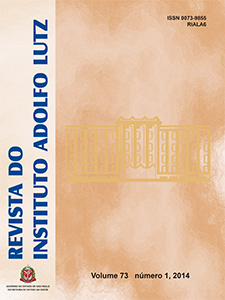Astaxanthin: its use as natural food dye
Keywords:
salmon, carotenoids, food
Abstract
The color and appearance of food are the first fundamental attributes, if not the most important, to be evaluated by consumers at the time of its acquisition. The food can be more nutritious, safer and more economical, however, if it is not attractive, its acquisition will not occur. Basically, salmon is a white fish that becomes pink by eating shrimp. The stored red pigment existing in the shrimp muscle or shell, which is accumulated in the adipose tissue, is acquired through the ingestion of algae and unicellular organisms by the marine shrimps. The carotenoids employed in the food, pharmaceutical, cosmetics and feed industries are natural colorants responsible for providing yellow, orange and red colors. As the salmon raised in aquaculture do not have access to the organism above mentioned, the astaxanthin (ATX), a substance that gives a pinkish color to salmon meat, is added to their feed. ATX (3,3'-dihydroxy-beta,beta-carotene-4, 4'-dione) is a oxygenated carotenoid pigment which confers the characteristic reddish-pink coloration to certain fish, crustaceans, birds and microorganisms. The ATX has potent activity in removing the free radicals and protecting against the lipid peroxidation and the damage caused by oxidation of cell and tissues membranes.
Published
2015-10-01
How to Cite
Ferreira, M. de M., Zamith, H. P. da S., & Abrantes, S. (2015). Astaxanthin: its use as natural food dye. Revista Do Instituto Adolfo Lutz, 73(1), 1-8. https://doi.org/10.18241/0073-98552014731584
Issue
Section
REVIEW ARTICLE










